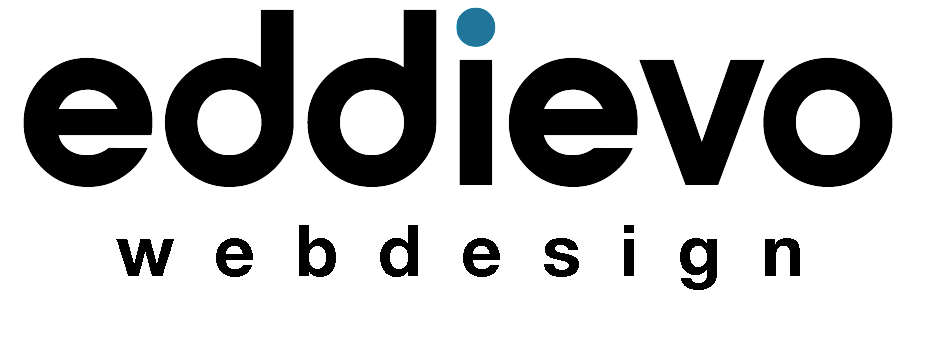Enhancing User Experience: Latest Innovations
User experience design (UXD) continues to evolve, driven by advancements in technology and a deeper understanding of user behavior. In today’s digital landscape, prioritizing user experience is not just a trend but a fundamental aspect of creating successful products and services. Let’s delve into the latest innovations in user experience design that are shaping the way we interact with digital interfaces.

1. Personalization and Customization
Personalizing user experiences based on individual preferences and behavior is a cornerstone of modern UXD. From e-commerce platforms recommending products tailored to each user’s interests to streaming services curating content recommendations, personalization enhances engagement and satisfaction. Machine learning algorithms analyze user data to deliver relevant content, optimize user flows, and anticipate user needs, thereby improving overall user experience.
2. Voice User Interfaces (VUI)
The rise of voice-controlled devices and virtual assistants has propelled voice user interfaces into the mainstream. VUI allows users to interact with devices and applications using natural language commands, offering hands-free convenience and accessibility. Designing intuitive voice interfaces involves understanding speech patterns, context awareness, and providing clear feedback to enhance usability and user satisfaction.
3. Augmented Reality (AR) and Virtual Reality (VR)
AR and VR technologies are revolutionizing user experiences by merging digital content with the physical world or creating immersive virtual environments. From retail applications enabling virtual product trials to educational simulations offering interactive learning experiences, AR and VR enhance engagement and provide memorable interactions. UX designers leverage these technologies to create intuitive interfaces, realistic interactions, and compelling storytelling.
4. Microinteractions
Microinteractions are subtle animations or feedback loops that enhance usability and delight users during interactions with digital interfaces. From a reassuring animation indicating a form submission to a satisfying sound effect when toggling settings, well-designed microinteractions provide instant feedback, improve user understanding, and make interactions more engaging. Integrating microinteractions into UXD emphasizes attention to detail and elevates the overall user experience.
5. Accessibility and Inclusive Design
Designing for accessibility ensures that digital products are usable by people of all abilities, including those with disabilities. Inclusive design principles focus on creating interfaces that are perceivable, operable, understandable, and robust for diverse user needs. Features such as screen readers, alternative text for images, color contrast adjustments, and keyboard navigation enhance accessibility and broaden audience reach while promoting ethical and inclusive UX practices.
6. Gesture-Based Interfaces
Gesture-based interfaces enable users to interact with devices and applications through intuitive gestures such as swiping, pinching, and tapping. Commonly used in mobile devices and touchscreens, gesture-based interactions simplify navigation, enhance usability, and create a more natural user experience. Designing clear visual cues and responsive feedback ensures that gestures are intuitive and seamlessly integrated into the overall user interface.
7. Minimalist Design and Visual Hierarchy
Minimalist design principles emphasize simplicity, clarity, and focus on essential elements within the user interface. By reducing visual clutter and unnecessary distractions, minimalist design enhances usability and directs user attention to key information or actions. Visual hierarchy techniques, such as contrasting colors, typography variations, and strategic use of white space, guide users through interfaces intuitively, improving readability and user engagement.
8. Cross-Platform Consistency
With users accessing digital experiences across multiple devices and platforms, maintaining consistency in UX design is crucial for seamless interactions. Adopting responsive design principles ensures that interfaces adapt fluidly to different screen sizes and resolutions, providing a cohesive user experience across desktops, tablets, and smartphones. Consistent navigation patterns, visual styling, and content presentation reinforce brand identity and usability across platforms.
9. Emotional Design and Storytelling
Emotional design focuses on creating experiences that evoke positive emotions and resonate with users on a personal level. Through storytelling techniques, UX designers craft narratives that engage users, establish emotional connections, and convey brand values effectively. Emotional design elements, such as empathetic language, compelling visuals, and immersive multimedia content, foster empathy and loyalty, enhancing overall user satisfaction and brand affinity.
10. Continuous Iteration and User Feedback
User-centered design is iterative, incorporating user feedback and analytics to refine and improve digital experiences continuously. Conducting usability testing, gathering qualitative feedback, and analyzing user behavior metrics inform UX enhancements and validate design decisions. By prioritizing user needs and preferences, iterative design processes ensure that digital products evolve to meet evolving expectations, resulting in user-centric and impactful user experiences.
Incorporating these latest innovations into UX design strategies empowers businesses to create intuitive, engaging, and memorable digital experiences. By embracing emerging technologies and human-centered design principles, organizations can differentiate their offerings, drive user engagement, and achieve sustainable growth in an increasingly competitive digital landscape. Let’s explore how these innovations can elevate your UXD approach and deliver exceptional user experiences that resonate with your audience.

